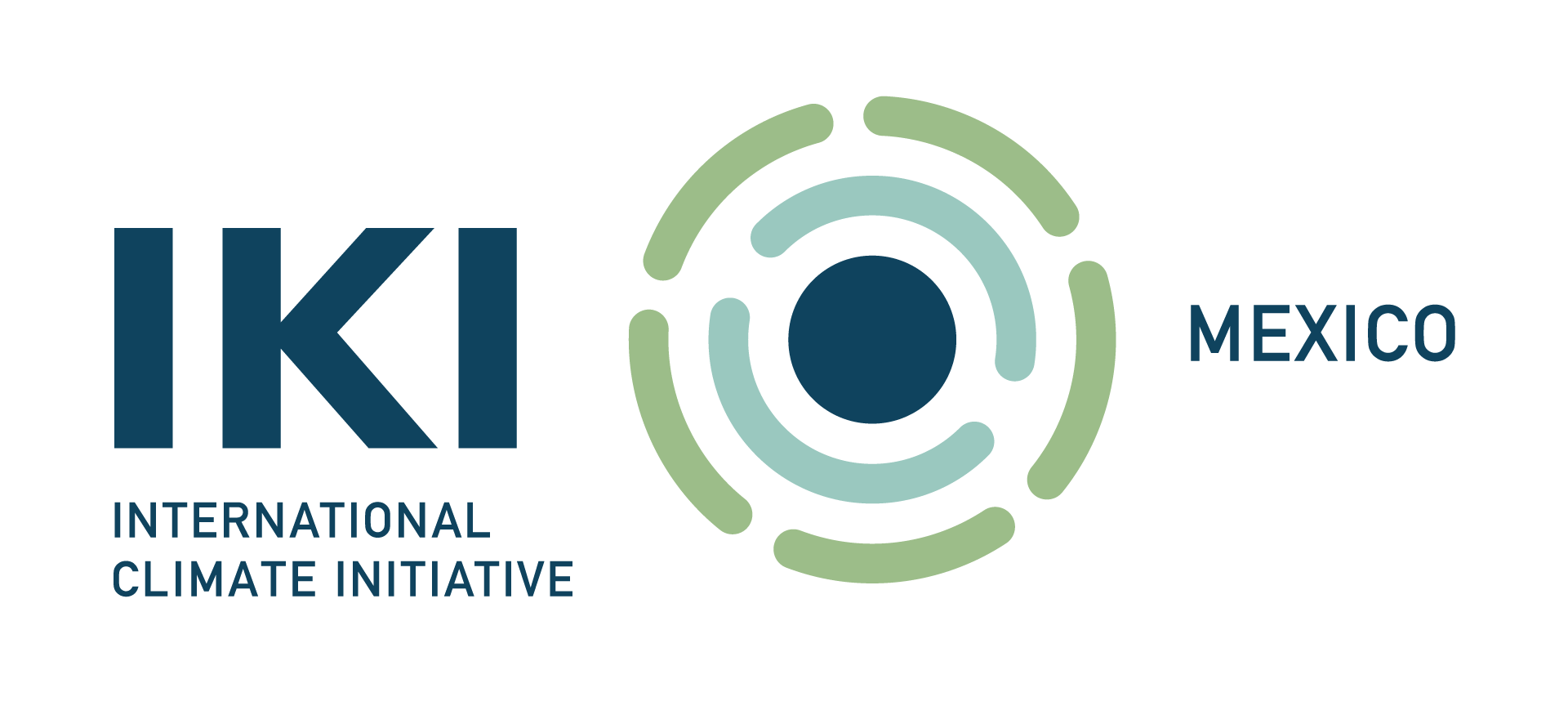Ecotechnology can be defined as any method, product, device, or process whose value lies on its potential to contribute to improving the quality of life and have a positive environmental impact. The potential to combat climate change of ecotechnologies lies in their ability to replace the use of non-renewable energy sources, promote forest conservation, reduce dependence on centralized water systems, reduce and use waste, among other benefits.
Therefore, the Mexican-German Climate Change Alliance carried out an analysis of the potential use of existing ecotechnologies at the national and international levels and how they can contribute to reducing emissions and the vulnerability to which states are exposed due to their climatic conditions.
The result of this analysis yielded a catalog of 34 ecotechnologies and a matrix with the 10 ecotechnologies that best adapt to the context of the country following the criteria of affordability, vulnerability reduction capacity, mitigation capacity, and adaptation. The selected ecotechnologies were: Rainwater collection systems, dry ecological toilets, biodigesters, biofilters, photovoltaic systems, efficient stoves, solar water heaters, solar dehydrators, solar cooking pot, and wind turbines.
The matrix provides information about the states, such as: their geographical characteristics, the level of precipitation and their social characteristics, and also provides data of ecotechnologies, such as: their description, cost, useful life, the Sustainable Development Goals (SDG) to which the use of ecotechnology is aligned. With this information, the matrix makes a cross check and provides the degree of feasibility of the use of one or another ecotechnology in the urban, semi-urban or rural environments of each state.
The matrix is expected to be adopted and updated by the states, and to incorporate it into their development process and decision making of new projects and programs to actively contribute to the fight against climate change.
